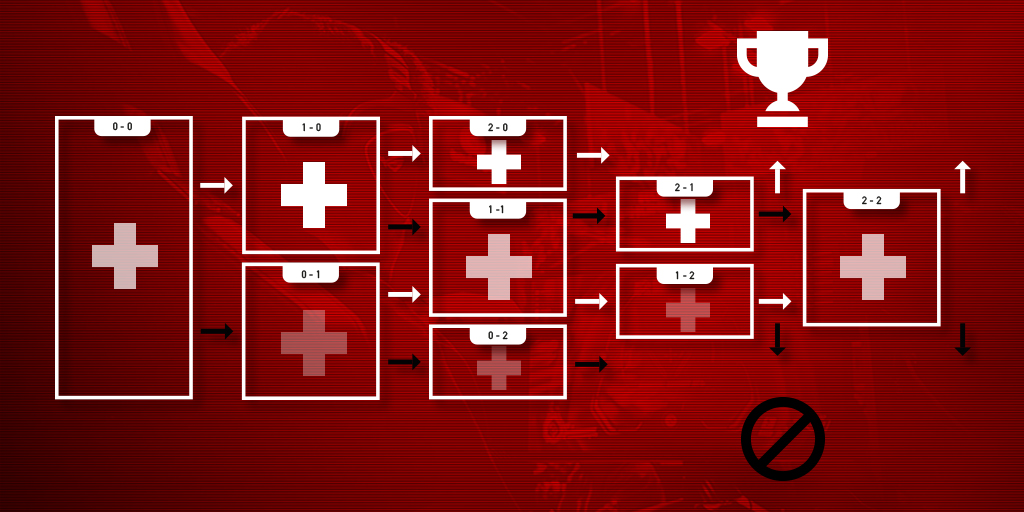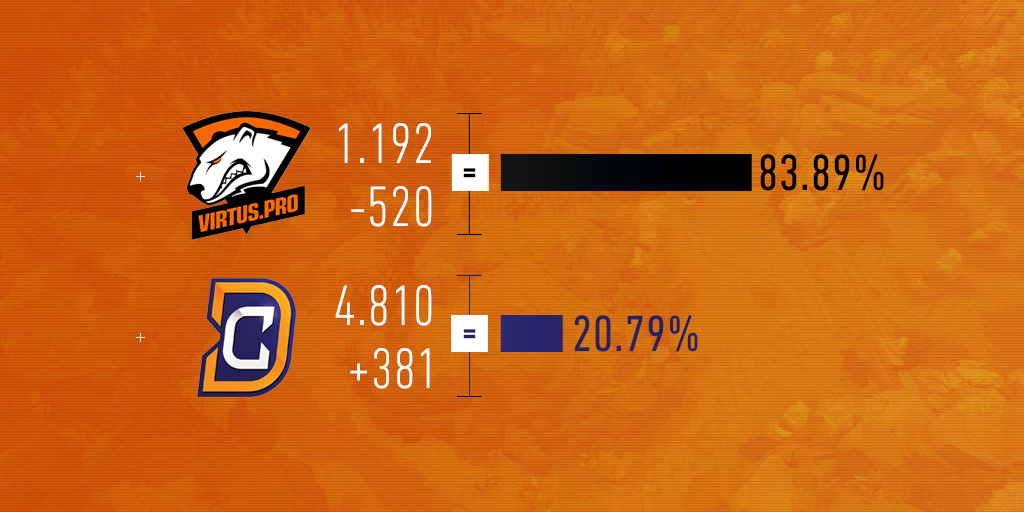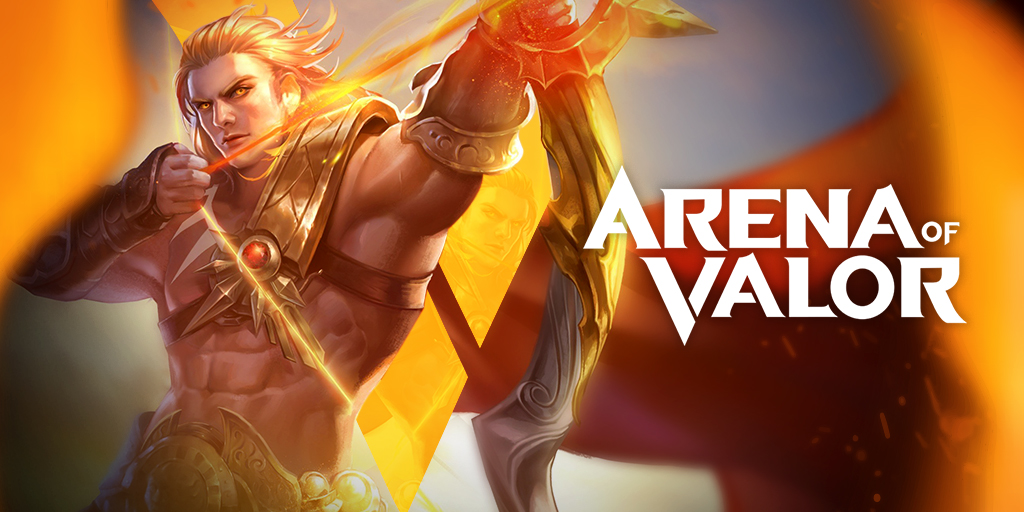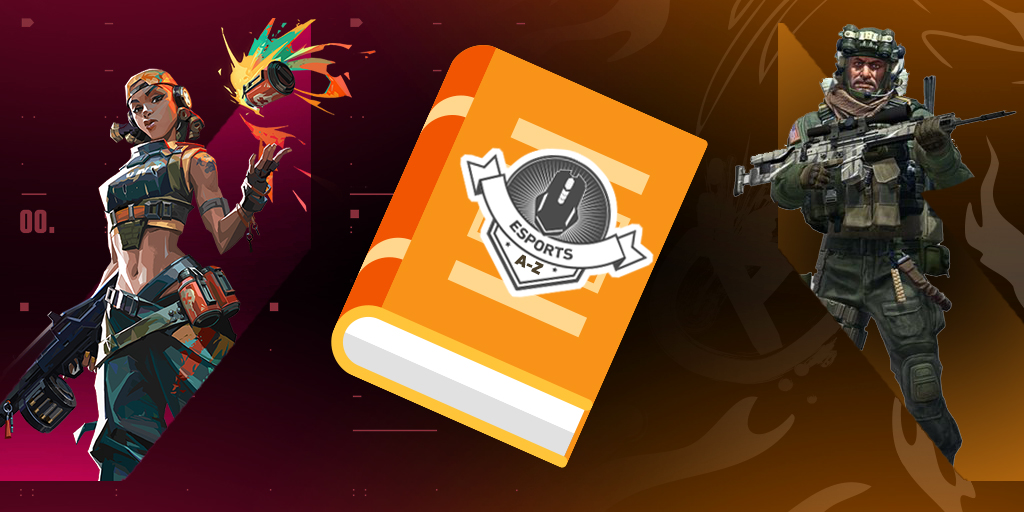For those of you that are avid watchers of CS:GO Majors, you may notice that the opening two sections host a format not seen at many other tournaments, the Swiss-system. We’ll look at how it came to be, and where it originated from, before injecting itself into esport tournaments across the world.
What is the Swiss-system tournament format?
The Swiss-system, at its core, is a system that eliminates the need for true round numbers from a round-robin style system, and doesn’t eliminate anyone after two losses like in other, more traditional formats.
It gives all teams or participants a fair chance to progress through to the elimination stages of any given tournament. Additionally, it gives those teams or participants equally balanced matches of people on the same score.
The Swiss tournament format is most commonly used in games such as chess, bridge, backgammon and Scrabble. For the most part they have a far greater amount of participants than a round-robin style system could handle. One of the greatest benefits for using the Swiss-system in esports tournaments is that it gives players of all levels a fair chance to progress, whilst also providing the viewers with a better spectacle.
EDUCATIONAL ESPORTS ARTICLES
Event previews, strategy articles and all the latest odds
Follow Pinnacle EsportsRound-robin matches all teams in the competition (or group) and puts them against each other. The core issues surrounding the round-robin format within esports is the duration of the format, lack of progression (within the scores), and “dead-lock” results which would force teams to play tie-breaker matches.
The Swiss-system has the advantage in that gives everybody their best to have a chance to get out of the groups. Another aspect to the Swiss-system tournament is that if you are 2:1, for example, and you have a team who played you earlier on, you cannot then face that team again in the group stage (this is made possible by using Elo points for rankings).
How does the Swiss-system work?
As previously stated, the Swiss-system can be used in various different games or sports. It is more common in esports than other traditional sports so we will now look out how the format works specifically in esports.
When pairing teams or players, the first round pairings can either be made at random, or based primarily on seeding ahead of the tournament. In esports, it is the latter that is preferred because it eliminates the “randomness” aspect that we often hear cited from players and spectators alike.
Once the initial seeding has been completed, teams will then be assigned an Elo rating that reflects their seeding position; the higher seeded the team is, the more points they will have.
After the first round, it becomes a case of which teams won and lost and these are then paired together. After this, the competition keeps going until a winner of the group is determined and the losing teams are eliminated.
Tournament organisers, particularly in esports, have been known to tinker with the chess standard Swiss-system. The first big change to the system came at the 2018 FACEIT London Major, where they opted for seeding after every round of the Swiss stage based on how well their previous opponents had performed.
This combatted the issues around seeding ahead of the Major and the fact that some teams had been better seeded because they were in the Legends Stage. This specific system that FACEIT used was called the “Buchholz” system.
Whilst this system proved to be a pretty decent alternative to the non-seeded events that came before it since the format was introduced in 2017, it has its limitations because of the pairings system deployed, and the fact that best-of-one does lead to one-map specialists if the veto is done correctly.
A solid example of that at the FACEIT Major came from Complexity. The North American team came up from the Challengers stage, playing Inferno in all four of their matches, winning three of them. In the Legends stage, they claimed a large scalp over Fnatic in the opening round, once again on Inferno, before other teams cottoned on to their speciality and attempted to limit their run, albeit fruitlessly.
Also at the FACEIT Major, the Swiss stages were entirely best-of-one save for the final round of matches, for those that ended up with a 2-2 record. This meant that certain teams with weaker map pools would’ve benefited as they avoided having to play a best-of-three until either the playoff stage of the tournament.
How the Swiss-system tournament has developed
For IEM Katowice, the Major after FACEIT’s, we saw a slightly more fine-tuned competitive Swiss-system format. Best-of-three matches were introduced earlier, for every round that could see progression to the next stage, or elimination.
This meant that the only the first two rounds were exclusively best-of-one matches, and the tournament became entirely best-of-three after the third round. This made the IEM Katowice Major the closest any Valve-backed Major has been to being a fully best-of-three event.
The other big change came in the form of overhauling the Challenger Stage and Legends Stage seeding and Elo system that we’ve seen in previous Majors. ESL introduced a “Player Based Ranking” system to seed the initial rounds of the tournament. Effectively the system took an average of how teams ranked each other. This was later iterated for the StarLadder Berlin Major, where the initial seeding saw the player-based system replaced by the HLTV.org World Rankings.
It gives all teams or participants a fair chance to progress through to the elimination stages of any given tournament. Additionally, it gives those teams or participants equally balanced matches of people on the same score.
These changes to the traditional Swiss-system tournament format would see a stronger competitive ranking system deployed to give the teams a fairer chance of making the Playoff Stage of the tournament, limiting the number of matches between the higher ranked teams in the earlier knockout rounds.
In addition to developments with the initial seeding, a new Elo system was used to refine the matchups in each round in the Swiss-system. ESL have explained what they want to do with this particular Major (prevent teams getting an easier route) on their website in great detail. This was once again used at the StarLadder Berlin Major.
Once the initial seeding has been completed, teams will then be assigned an Elo rating that reflects their seeding position; the higher seeded the team is, the more points they will have. Each team will be seeded according to each team’s assigned Elo points, and their points will be adjusted after each round.
By having an Elo rating that is continuously updated, it prevents teams of higher or lower rating playing against a team that would be considerably different, making each round a fairer match up based on that rating. The example provided by ESL: “If the #16 seed defeats the #1 seed, that suggests that the #16 team is not yet #1, but probably a bit better than their seeding and vice versa.”
Overall, the Swiss-system seems complex when you first look into it but it is much simpler to understand once you break it down. This format has obvious benefits but it still has flaws like every other tournament format deployed in esports.
Searching for the right format that suits many esports titles is going to take time, because there isn’t a perfect system. Each have their strengths and weaknesses, but the Swiss-system has proven very effective over the years at providing the true winners of each competition.








